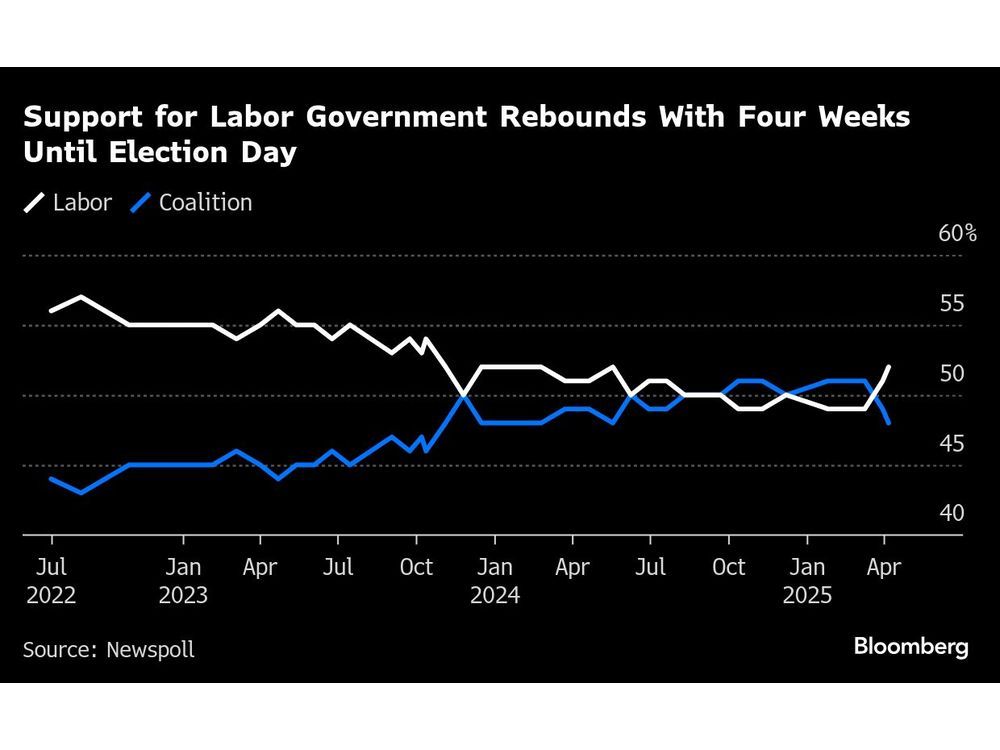In a corporate structure, a shareholder or stockholder owns a company’s shares. The shareholder owns rights in the company’s assets for their investment. For the company, finance received from a shareholder constitutes equity, which it must ultimately repay. This finance gets reported on the financial statements as stockholders’ equity.
What is Stockholders’ Equity?
Stockholders’ equity is the residual interest in a company after deducting its liabilities from its assets. It is the accounting definition of the term equity. In simpler words, though, stockholders’ equity constitutes the rights of a company’s shareholders in its business. It includes funds and reserves attributable to the shareholders who have invested in a company until that time.
Stockholders’ equity also represents a company’s net worth. It appears on the balance sheet as a separate section aside from assets and liabilities. However, it may not appear under the same term for all companies. Sometimes, companies also term it owners’ equity or shareholders’ equity. Despite the different names, the underlying representation remains the same.
How does Stockholders’ Equity work?
In any business, including companies, the owners invest money to reap the rewards. Any investment into it constitutes the owners’ capital. However, it is not the only right the owners have to their business. Any profits or losses from it are also attributable to the owners. On top of that, any gains or reserves created as a part of activities also go to the owners.
Therefore, any part of the business attributable to the owners falls under equity. In companies, it is the stockholders’ equity. In accounting, shareholders’ equity is the balancing figure between assets and liabilities. This amount is known as the residual interest in the company attributable to its shareholders. In simpler words, it is the amount stockholders will receive when all liabilities get repaid from the company’s assets.
What is the formula for Stockholders’ Equity?
The formula for stockholders’ equity comes from the accounting equation. This equation states that at any time, a company’s assets will equal the sum of its liabilities and stockholders’ equity. Mathematically, the formula can be represented below.
Assets = Liabilities + Stockholders’ equity
After rearranging the above equation, the stockholders’ equity formula becomes as follows.
Stockholders’ equity = Asset – Liabilities
The above stockholders’ equity formula is in line with the definition above. After deducting a company’s liabilities from its assets, the residual interest is the stockholders’ equity.
What are the components of Stockholders’ Equity?
Stockholders’ equity may include various items and may differ between companies. However, some of the common components of stockholders’ equity are below.
Capital
As stated above, capital constitutes any investment by the shareholders. It may include common or preferred stock purchased by shareholders when the company issues shares.
Paid-in surplus
Paid-in surplus is similar to capital. However, it represents the incremental amount paid by investors above the stock’s par value.
Retained earnings
Retained earnings refer to the accumulated profits over the company’s life. However, it does not include dividends paid from earnings.
Conclusion
Stockholders’ equity is the residual interest in a company after deducting its liabilities from its assets. It represents shareholders’ claim of a company’s assets. Usually, this claim is only relevant if a company gets liquidated. Stockholders’ equity may include various components, including capital, paid-in surplus, and retained earnings.
Further questions
What's your question? Ask it in the discussion forum
Have an answer to the questions below? Post it here or in the forum



